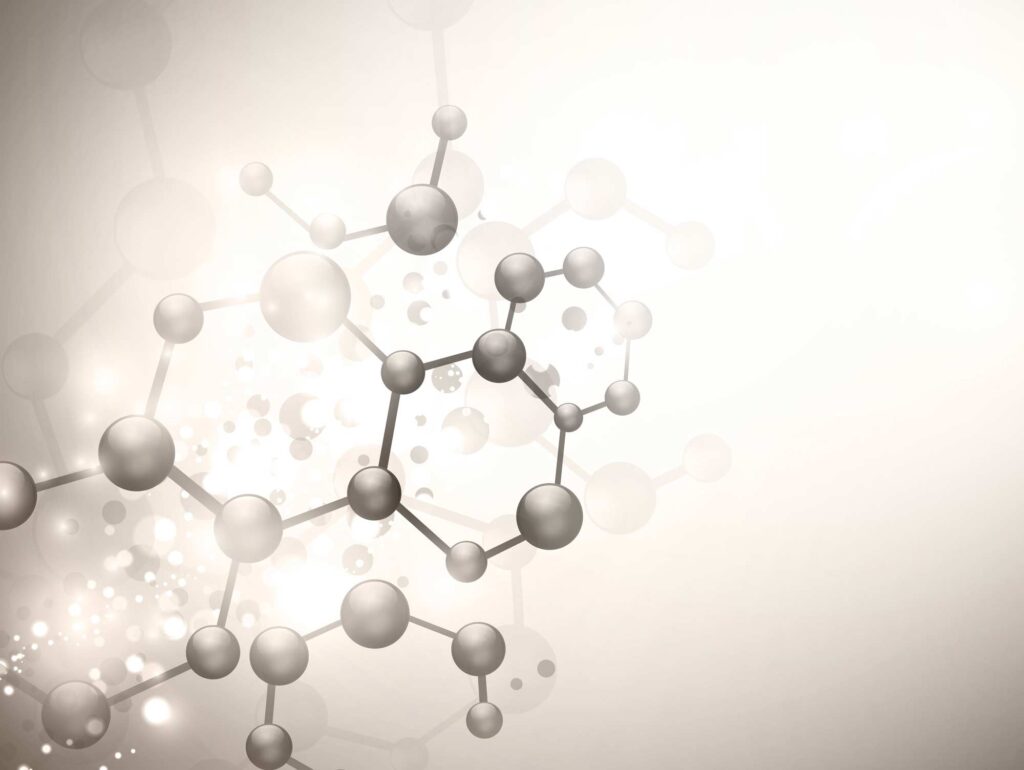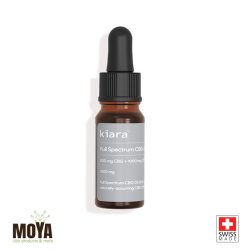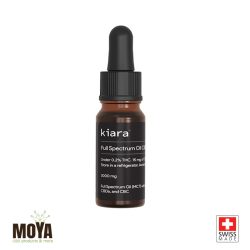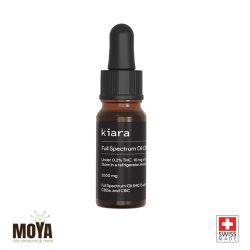About CBG Properties & Effects
What is Cannabigerol (CBG)?
167 Phyto-cannabinoids are found in the cannabis plant (hemp) and the cannabigerol (CBG) is probably the most exciting and exciting of all. Part of the enthusiasm is because the CBG “precursor” of all other cannabinoids is, and partly because early studies suggest that cannabigerol has the most positive effects on a wide range of medical conditions. In recent years CBD has become very popular while the CBG remains “anonymous”, however exciting developments in various studies herald that in the coming years, CBG will play a major role in people who recognize the value of cannabinoids and other plant extractions in medicine.
Cannabigerol (CBG) Is the non-acidic form, i.e. neutral, of cannabigerolic acid (CBGA), which is a “parent molecule” from which all other molecules are formed in the cannabis plant (Mother Cannabinoids molecule) and is found in it in minimal quantities. During the growth of the plant and especially during the flowering period, cannabigerol becomes using enzymes into other cannabinoids, mainly THCA, CBDA and CBCA (cannabichromenic acid) until at the end of plant growth a concentration of less than 1% CBG is usually found in the plant. During the process of extracting the active ingredients (de-carboxylation) each cannabinoid acid (THCA, CBDA, CBCA) “sheds” the group of carboxyl acid and becomes THC, CBD, CBC respectively (de-carboxylation is an enzymatic process in which carbon dioxide -co2 is released).
In the case of CBGA, certain enzymes turn cannabigerolic acid into the neutral form of CBD, THC, and CBC and very little CBGA becomes CBG.
It is a rare and unique mechanism in nature and is characteristic only of the cannabis plant.
CBG is safe to use, has no intoxicating effects (Non-Intoxicated) or toxic dose, no fear of addiction and is free of significant side effects. It is worth noting that like CBD, cannabigerol alone does not have an intoxicating effect at all, but nevertheless it may be a gentle balance supplement for improving mood. We at MOYA are ready and prepared at the forefront with innovative and unique products and proud to introduce you to KIARA’s CBG series at concentrations of 5% CBG combined with 10% CBD.
Unique oil in the most valuable blend of two main ingredients: 500 mg CBG and 1000 mg CBD, the combination of the two cannabis ingredients makes their joint operation much more effective along with a full spectrum of other cannabinoids (CBD, CBDA, CBDV, CBG, CBC, CBN, CBGA, THCA, THCV, THC)
Who would we recommend experimenting with CBG products?
- Strong Antioxidant Feature – Prevention of Cell Aging
- Anti-inflammatory – arthritis and more
- May alleviate symptoms resulting from chemotherapy mainly by increasing appetite
- Intraocular pressure reduction – in Glaucoma juligaloma
- Lowering blood pressure
- Helping sleep problems
- Residing inhibitor of kertinocytes – may significantly help psoriasis patients
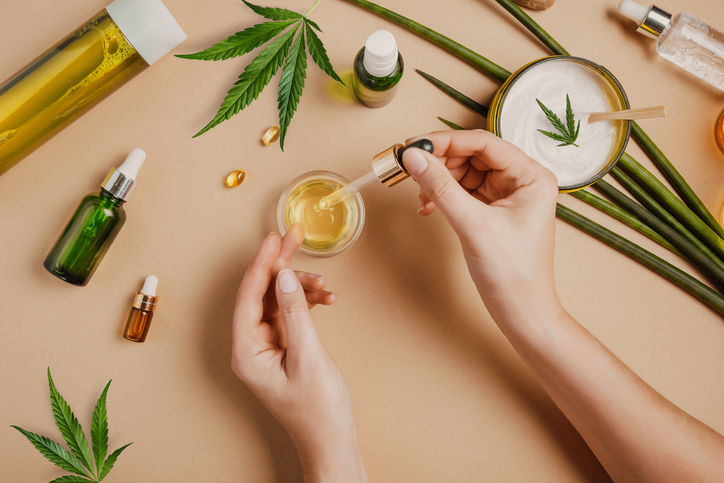
Cannabigerol (CBG) – Effects and Medicinal Properties
From the review of the studies published so far, cannabigerol presents a wide range of medicinal properties:
1. Protection of nervous system cells: Cannabigerol protects neuroprotective cells in the brain from injury, disease or degeneration. In a study conducted to prove this, mice induced with Huntington’s disease (HD) received measured doses of CBG. After taking, damage to the nerve system cells of the mice slowed down and continued deterioration and cell degeneration was prevented.
Examples of diseases in which protection of nervous system cells is required are: Alzheimer’s Disease (AD), Parkinson’s Disease (PD), Multiple Sclerosis (MS), people who have had a stroke and suffer from Huntington’s disease.
- CBG and Huntington’s VCE-003.2, a novel cannabigerol derivative, enhances neuronal progenitor cell survival and alleviates symptomatology in murine models of Huntington’s disease
- In Vitro Model of Neuroinflammation: Efficacy of Cannabigerol, a Non-Psychoactive Cannabinoid
- CBG fights Huntington’s disease onset and symptoms
2. Strong antioxidant feature All phytocannabinoids have a strong antioxidant properties, and therefore, CBG also has a strong antioxidant feature and may help eliminate free radicals from brain tissue: In Vitro Model of Neuroinflammation: Efficacy of Cannabigerol, a Non-Psychoactive Cannabinoid
3. Potential as a treatment for inflammation and pain: CBG has anti-inflammatory properties and may have a significant supplement for treating chronic infections. A better painkiller than THC: In some studies, CBG has been found to have a better analgesic trait than THC. The cannabigerol stimulates the CB2 receptors and inhibits the TRPM8 cataton canal, thereby helping to reduce pain. In addition, CBG stimulates the alpha2-adrenoceptor adrenal receptor and blocks the 5-HT1A receptor . Pain, which is a mixture of physical and mental symptoms is treated more effectively by double receptor stimulation as in the case of 2ARα and 5-HT1A. Evident that the plant cannabinoid CBG is a highly potent α2‐adrenoceptor agonist and moderately potent 5HT1A receptor antagonist
4. Reassurance of muscle spasms and chronic lower back pain: Inhibiting the absorption of GABA of cannabigerol (which is greater than THC and CBD) may help calm muscle spasms as can sometimes be seen in muscular sclerosis patients, chronic lower back pain and injuries and injuries caused by sports.
5. Inflammatory bowel disease and gastrointestinal aid: In a study that looked at the effects of CBG on the digestive system, mice with colitis were tested. The CBGA given to mice caused a decrease in the release of nitric oxide (which stimulates inflammatory processes) from immune cells in the poor, and as a result of the treatment of CBG inflammation in the intestinal walls was reduced and the intestinal ward improved.
Beneficial Effect of the Non-Psychotropic Plant Cannabinoid Cannabigerol on Experimental Inflammatory Bowel Disease In another study, the anti-nausea and vomiting properties of CBG: Interaction Between Non-Psychotropic Cannabinoids in Marihuana: Effect of Cannabigerol (CBG) on the Anti-Nausea or Anti-Emetic Effects of Cannabidiol (CBD) in Rats and Shrews
6. Antibacterial activity: Other general studies on the subject have hypothesized that CBG also has antibacterial and antibacterial properties.
- Antibacterial Cannabinoids From Cannabis Sativa: A Structure-Activity Study
- Uncovering the hidden antibiotic potential of Cannabis
The CBG has proven effective in treating MRSA antibiotic-resistant bacteria as well as some other types of infections. Antibacterial Cannabinoids from Cannabis sativa: A Structure−Activity Study
7. Appetizer There are studies that evaluate that the CBG stimulates appetite and thus may relieve symptoms arising from chemotherapy: Cannabigerol Is a Novel, Well-Tolerated Appetite Stimulant in Pre-Satiated Rats. In addition, from many individual testimonies CBG also seems to have a strong anti-nausea feature.
8. Lowering intraocular pressure: Both in research and in the accumulation of anecdotal individual evidence it appears that CBG has an effect on intraocular pressure reduction (IOP) in glaucoma patients. [Possibilities of Applying Cannabinoids’ in the Treatment of Glaucoma] A Comparison of the Ocular and Central Effects of Delta 9-tetrahydrocannabinol and Cannabigerol
9. Lowering blood pressure: The CBG is able to reduce mental stress and anger, while at the same time lowering high blood pressure, improving working memory and cognitive managerial functions. When functioning at a high and effective level, the risk of developing depression, which is accompanied by an increase in blood pressure, decreases.
10. Has the most diverse therapeutic potential in the treatment of depression: CBG has an antidepressant trait. In a study conducted to prove this, membranes of mice’s brains were treated with CBG. The cannabigerol stimulated the alpha2-adrenoceptor receptor and blocked the receptor5-HT1A. When the results were repeated in laboratory rats, the results were similar and the rats showed a reduction in anxiety and improvement in symptoms of depression. Evidence that the plant cannabinoid cannabigerol is a highly potent α2-adrenoceptor agonist and moderately potent 5HT1A receptor antagonist
11. Inhibitor the absorption of GABA and serotonin in the brain: In recent years, it has also been found that CBG can inhibit the absorption of GABA and serotonin in the brain, which may lead to increased levels of these two neurotransmitters in the brain. Low levels of both GABA and Serotonin have been linked in research to the phenomenon of depression, so the added of external cannabinoids like CBG to support and rebalancing the Endocannabinoid System is a continuation of an innovative way to treat depression. Cannabinoid Regulation of Fear and Anxiety: an Update.
12. Increases hanandmead production: Most Phyto-cannabinoid researchers believe that CBG significantly increases the production of the endemic, which is a cannabinoid that the body produces itself, known as the “inner happiness molecule.” A 2015 study that examined both humans and mice found that high levels of anandamide contribute to improving mood and reducing fear and anxiety. When the enzymes that break down the anandamide were delayed (by Phytocannabinoids such as CBD, etc.) this led to a marked reduction in the mechanism of fear and anxiety against environmental threats. FAAH genetic variation enhances fronto-amygdala function in mouse and human
Is CBG going to be as popular as CBD?
It is important to remember that until 2016, the huge interest in the CBD was not foreseen… While many thought it was another “hobby,” demand for CBD products has only increased and continues to rise every day, so cannabigerol-based products (CBG) are unlikely to overtake or equip CBD anytime soon. But at the same time, it seems that the possibility of a significant expansion of cannabinoid fan experience will occur as a growth and as part of the public’s trend to move to experiment with natural but highly effective and safe products.
We believe that the interest in CBD and CBG is part of something bigger. Just as public opinion about the cannabis plant has changed over the years in favour of a less rigorous approach, and as its medicinal properties and pharmacological properties become clear, a curious new sector of consumers focused on the consumption of highly nutritious, natural and efficient products has opened up, and it is increasingly intensifying.
CBG mechanisms of action
- CBG has not been associated with high affinity for CB1 receptors, which does not specifically activate CB2 receptors. Unlike the THC molecule associated with high-affinity CB1 and CB2 receptors, and unlike the CBD molecule that is an Aloser antagonist of THC in the CB1 receptor, cannabigerol is an agonist of CB2 receptors. Cannabigerol Action at Cannabinoid CB1 and CB2 Receptors and at CB1–CB2 Heteroreceptor Complexes
- Anandamide reuptake inhibitor (the cannabigerol) inhibits the reuptake of the Endo-cannabinoid Arachidonoyl Ethanol Amide (AEA), allowing the Cannabigerol to Anandamide (the “inner happiness” molecule that our body produces) to operate for longer.
- CBG inhibits the absorption of GABA and serotonin in the brain that inhibits the absorption of GABA and serotonin, causing increased levels of these two neurotransmitters in the brain, thus calming and preventing depression and anxiety. When it comes to the GABA nerve messenger, CBG inhibits its absorption more effectively than other cannabinoids (CBD & THC).
- Cannabigerol inhibits ketone channels The TRPM8 ketone canal also known as the cold receptor and manthol 1 (CMR1) is a protein that in humans is encoded by the TTRPM8 gene. The TRPM8 ketone canal is the primary molecular transducer of cold sensation in the contact system in humans. CBG inhibits the TRPM8 cataton canal resulting in CBG reducing the sensation of cold-resulting pain.
- CBG is an agonist of alpha2-adrenoceptor (ARα2) as an agonist of the Adrenerige receptor, Cannabigerol stimulates the action of the receptor, thereby reducing mental stress and anger, lowering high blood pressure, improving memory-work and cognitive management functions. CBG is a medium receptor antagonist 5-HT1A.
- Activation of the 5-HT1A receptor has also been found to inhibit erection in males and it is possible that the cannabigerol, which blocks the receptor, can help with erection problems.
- CBG inhibits the proliferation of keratinocytes – One of the causes of autoimmune diseases of the skin (among them psoriasis) is the uncontrolled proliferation of keratinocytes.
Additional professional information: Molecular Formula: C21H32O2 Molecular Weight: 316.5 g/molCannabigerolIUPACName: 2-[(2E)-3,7-dimethylocta-2,6-dienyl]-5-pentylbenzene-1,3-diol
Basic CBD information
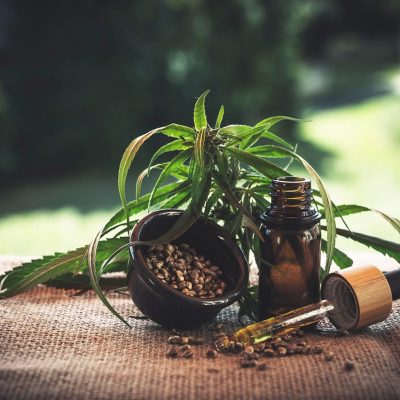
Basic guide for beginner consumer
The guide in front of you is a simple and basic "roadmap" that includes simple answers to many complicated questions. The guide consists of several initial and thorough questions that every consumer should answer or review before purchasing CBD products.
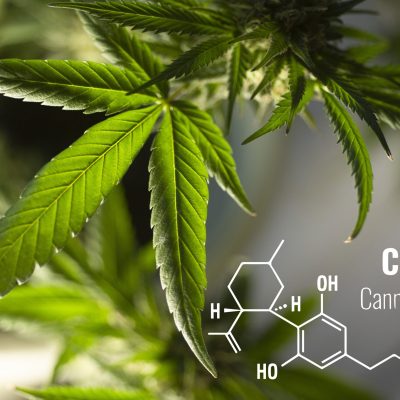
Complete guide to CBD
Cannabis SATIVA L, which is consumed by smoking or eating, has been used for thousands of years in traditional medicine on various continents to relieve pain, the most prominent of which was facilitating labour contractions in new-borns and curing common digestive diseases.

Full spectrum vs pure CBD oil
The concentration of the molecule cannabidiol (CBD) is dominant in full spectrum oil, along with other ingredients such as CBN, CBG, and THCV and many others, which means that in every drop the patient / consumer receives the full spectrum of medicinal ingredients from cannabis.

Frequently Asked Questions
The questions and answers before you include the most basic, common and important information. We have collected over the past few years in meeting with consumers (sick and healthy), manufacturers, breeders and researchers.
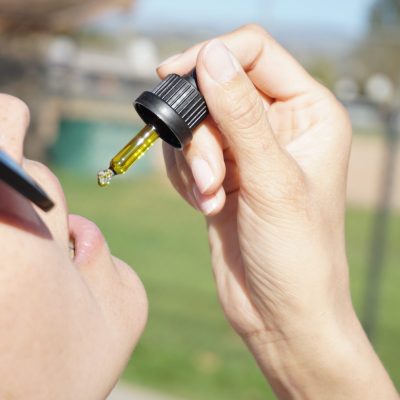
CBD - is it for everyone?
It does not cause a feeling of intoxication "High", it does not cause addiction, dependence or the need for dose increase and its common side effects are almost imperceptible and usually disappear after use for a few days.
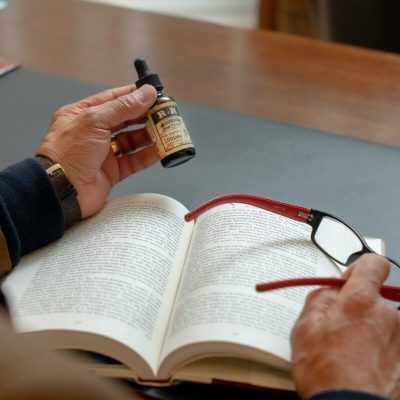
About CBG properties & effects
167 phytocannabinoids are found in the cannabis plant (hemp) and the CBG is probably the most exciting part as Cannabigerol CBG is the "precursor" of all other cannabinoids , and early studies suggest that cannabigerol has the most positive effects on a wide range of medical conditions.
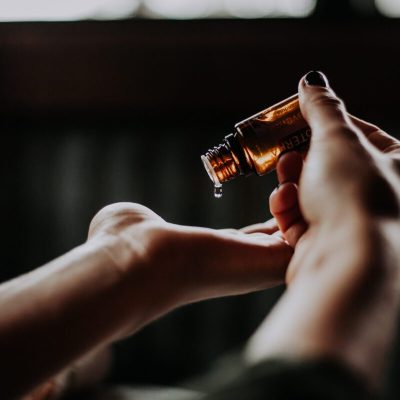
Medical benefits of CBD
Beginning in the mid-1990s, CBD (cannabidiol) began to study the large range of effects on the various body systems. In 2018, the World Health Organization (WHO) Expert Committee on Narcotics Supervision, which formulated an opinion on the medicinal virtues of CBD, published its report that CBD is a substance with extensive and significant medical potential.

Glossary of concept
Here are a variety of concepts that come up on our website clicking on the concept will open a text field that clearly explains the interpretation of the concept. Were you looking for a certain idea and you couldn't find it here?
167 Phyto-cannabinoids in the cannabis plant
Moya-CBD makes great efforts to make the most information available to the public in the research, scientific and medical world in the field of molecules derived from the plant.
To date, 167 different Phyto-cannabinoids (phyto = plant) have been found in the cannabis plant, which are rare pre-phenols in nature, about 200 terpenes and terpenoids, several dozen flavonoids and hundreds of other substances, most of which have not yet been studied.
Of the 167 Phyto-cannabinoids, the three most common plants were previously studied:
- Tetrahydrocannabinol – THC
- Cannabidiol – CBD
- Cannabinol – CBN
Recently, in-depth research has also begun on:
- Cannabigerol – CBG
- Cannabichromene – CBC
